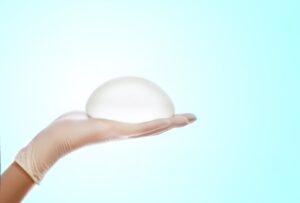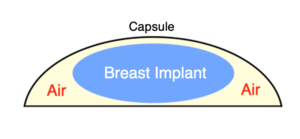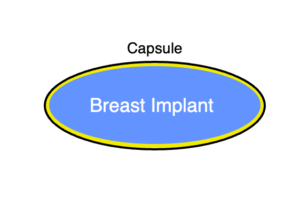 Following breast augmentation surgery, many changes can occur in the breasts. While short-term changes are usually apparent for just a few weeks or months, long-term changes are typically consistent with the normal course of aging, with the presence of the breast implants often altering this process.
Following breast augmentation surgery, many changes can occur in the breasts. While short-term changes are usually apparent for just a few weeks or months, long-term changes are typically consistent with the normal course of aging, with the presence of the breast implants often altering this process.
Like all surgical procedures, breast augmentation requires a recovery period with specialized protocols (instructions) for safe healing. Because every breast augmentation patient is unique, each patient is liable to have a different experience with their recovery; however, one common change that occurs after breast augmentation occurs internally, and is not obvious by visual exam. In this blog*, we will answer a question asked by many breast augmentation patients: Why do breast implants make noise?
During the breast augmentation procedure, a space is created for the breast implant. Immediately after the surgery, the space created for the implant is larger than the implant and is not the same shape. In the diagram below, the breast implant (represented in blue) is surrounded by a space (represented in yellow). The space exists between the breast capsule (represented by the black line) and the implant. When this space contains air and/or fluid, manipulation or movement of the breast implant can cause noise.

As healing progresses, the tissues surrounding the breast implant change shape to closely approximate the implant. The air and fluid that was present immediately after breast augmentation is resorbed, and the breast capsule is mostly in contact with the breast implant. When this stage of the healing process is reached, movement of the implant should not cause noise. The diagram below illustrates the change in the breast capsule after surgery.

There are many other situations that can occur during the early healing period, the diagnosis of which can be very complicated. Our board-certified plastic surgeon, Stephen Herring, MD, is known for his personalized approach to breast augmentation, as well as his record of providing exceptional results to both local and out-of-town patients.
To learn more about complications with implants or to schedule an initial breast augmentation consultation, feel free to contact Dr. Herring today.
*This blog is meant for general information only and should not replace post-operative care from a qualified breast augmentation surgeon.
Previous Post Next Post